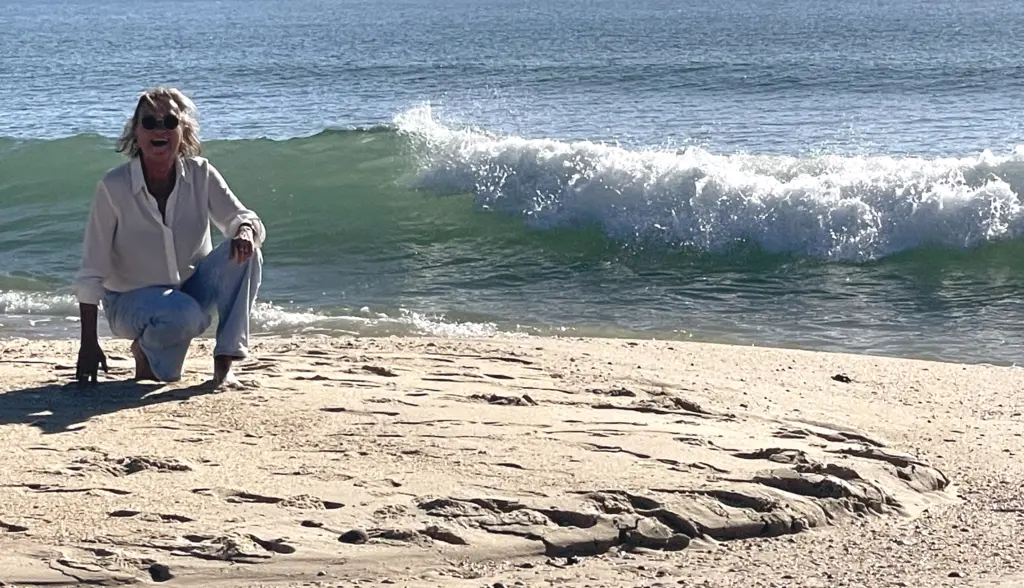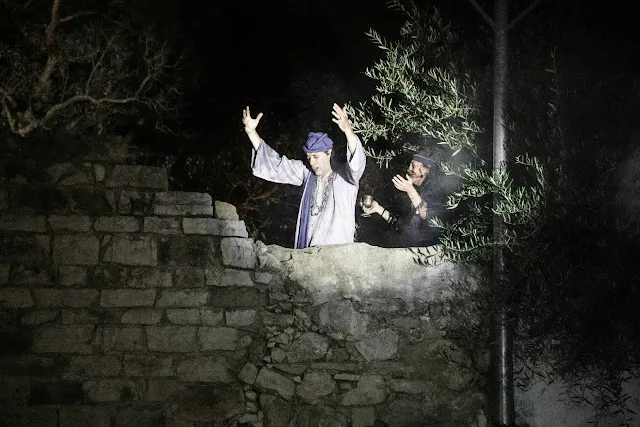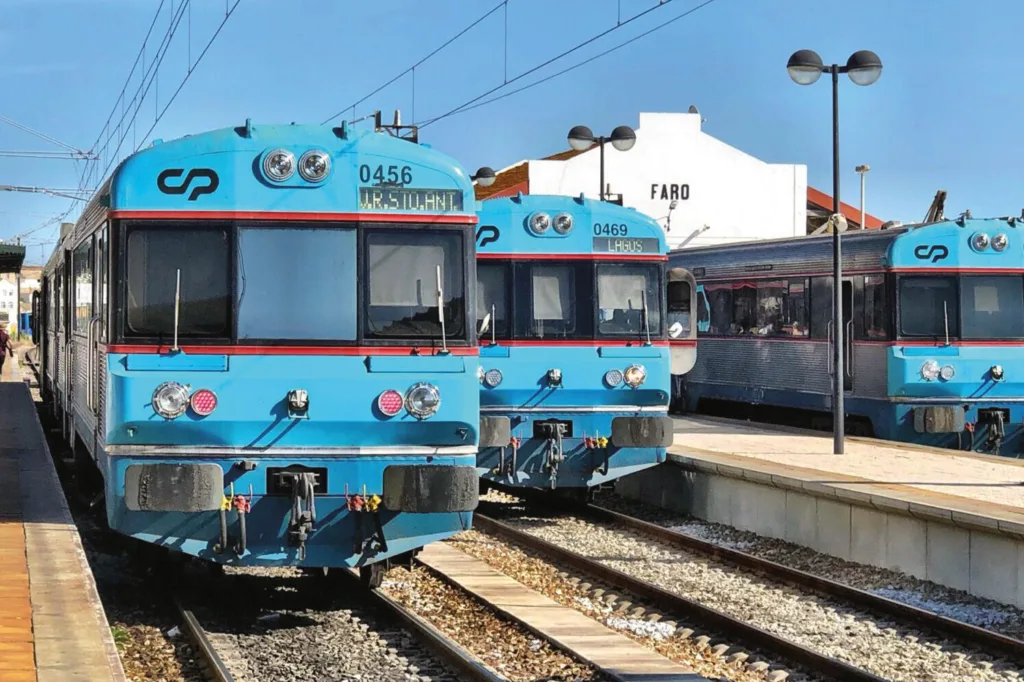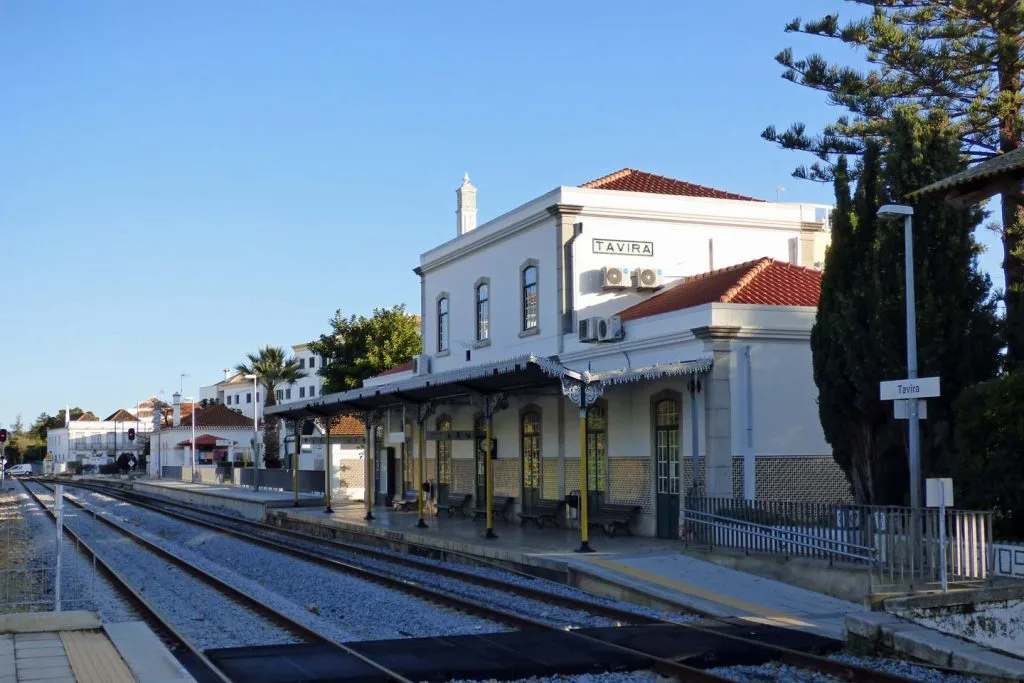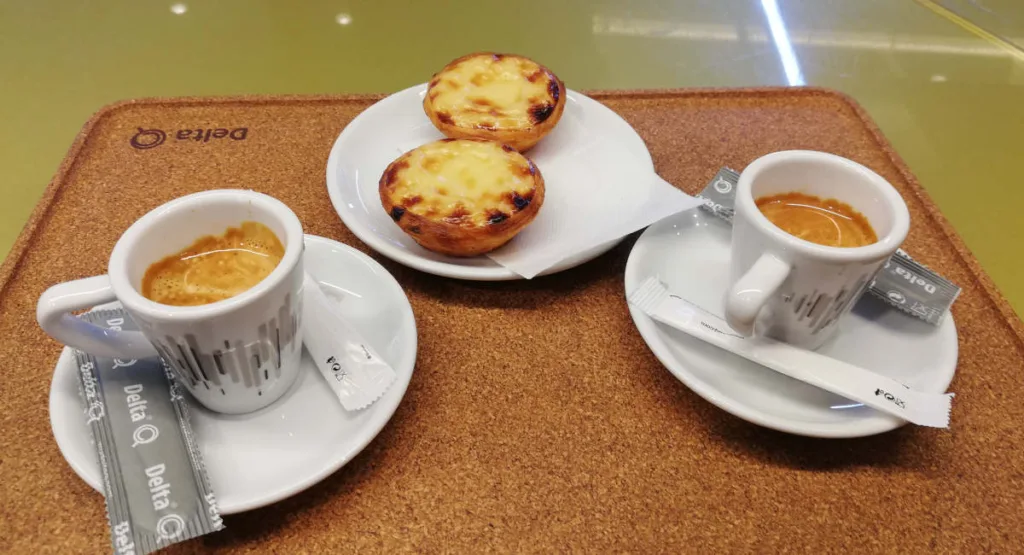A Self Catering Apartment designed by Annick
The Portuguese are well-known for their hospitality. And that´s exactly what we are aiming at in this fully equipped apartment Taste Tavira. We created an atmosphere where you can relax and feel at ease. We encourage you to get a taste of lovely Tavira and its surroundings, to try the local food and fine Portuguese wines, to take a ferry and go to one of the splendid beaches, to hike a trail, to play 9 or 18 holes….
And after that, you come home. Taste Tavira is tastefully furnished and decorated, designed by Annick.
Welcome and enjoy your stay!

By Annick
By Annick refers to Annick Schreuder. She is happy to make you feel at home in the Taste Tavira apartment. With love and care; she designed it to make you feel at ease while exploring and enjoying the beautiful Algarve. Annick was born in the Netherlands some decades ago and spread her wings at a relatively young age. She lived in France, the UK and the US before settling down in Belgium. She studied history, marketing and cultural management and became a journalist. After that she qualified herself further in one of her hobbies: wine. She became cofounder of La Causerie Wine Education Center and spent another 15 years of pleasantly writing and teaching about wine.
Concerning her private life: Annick is a proud mother, a happy grandmother, a loving partner, a good friend and a grateful person.
Travelling has always been one of her other hobbies. That´s how she fell in love with Tavira. She visited the charming village several times over the years and found out that each season brought something new to discover.The beautiful changing light during the day; the orange orchards who seem to blossom all year through, but differently all the time; the fascinating surrounding nature (hills, farmland, Ria Formosa, beaches); the abundant flowers in springtime and the attractive mild winter temperatures….
So when the opportunity arose to buy a (rental) apartment, she took it. That is how the AL (Alojamento Local) Taste Tavira took shape, because everything is nicer when shared. Like with you, as guests. The apartment is brand new, fully equipped and carefully decorated, by Annick.
Come and explore, Taste Tavira!
Bem-vindo, welcome!
